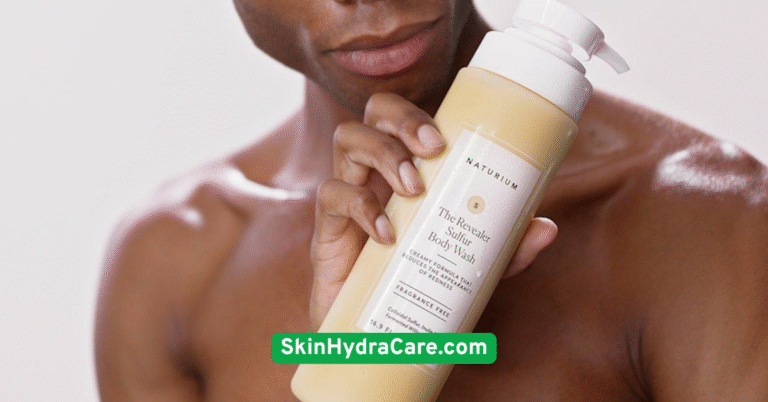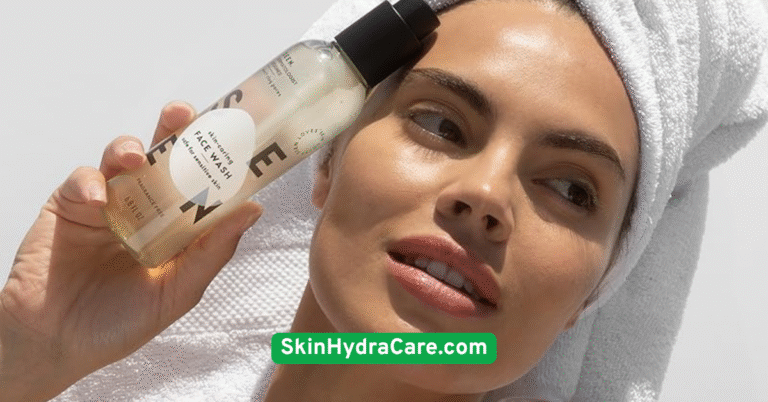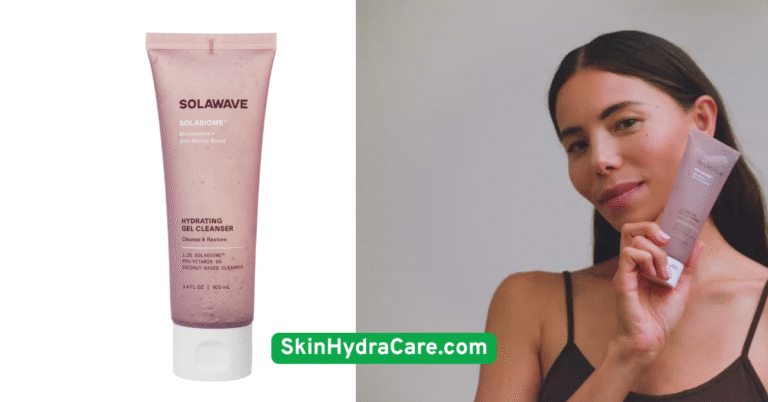20 Calming Skincare Tips to Calm Redness (2025)
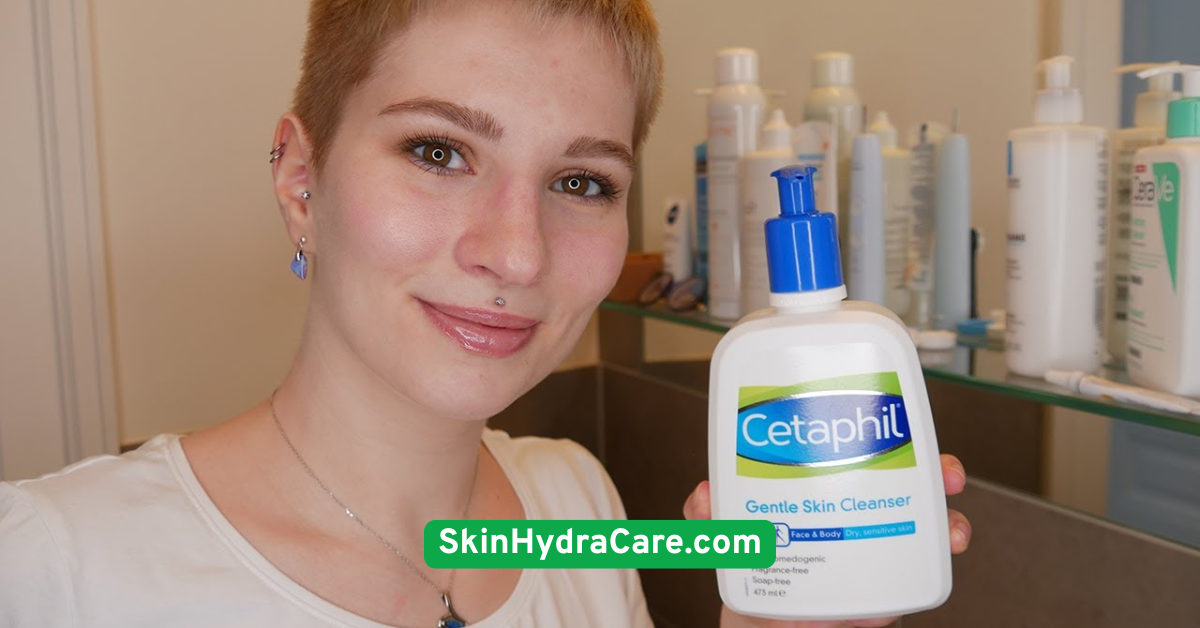
1. Use a Gentle, Fragrance-Free Cleanser
One of the first steps in calming irritated skin? Ditch the harsh face wash. Cleansers with sulfates, artificial fragrances, or drying alcohols can strip your skin’s natural oils and trigger inflammation. That tight, squeaky-clean feeling? It’s actually a red flag.Instead, look for fragrance-free cleansers formulated for sensitive or redness-prone skin. Ingredients like glycerin, oat extract, and aloe vera offer hydration without irritation. You want a cleanser that gently removes dirt without disrupting your barrier.Double cleansing is okay—but keep it soft. Start with a mild oil cleanser to lift makeup, then follow with a hydrating gel or cream-based face wash. Think of this step as giving your skin a hug, not a scrub.

2. Apply a Cold Compress for Quick Relief
Need a fast way to calm flushed cheeks? Reach for a cold compress. The cooling sensation helps constrict blood vessels, reduce swelling, and soothe inflammation.You don’t need anything fancy. A clean, damp washcloth chilled in the fridge works beautifully. Or try steeped chamomile tea bags, cooled and pressed gently on your skin for 5–10 minutes. The combo of cold + chamomile offers an anti-inflammatory double whammy.Apply compresses after cleansing or any time you feel irritation flaring up. Just remember to pat your skin dry—no rubbing!
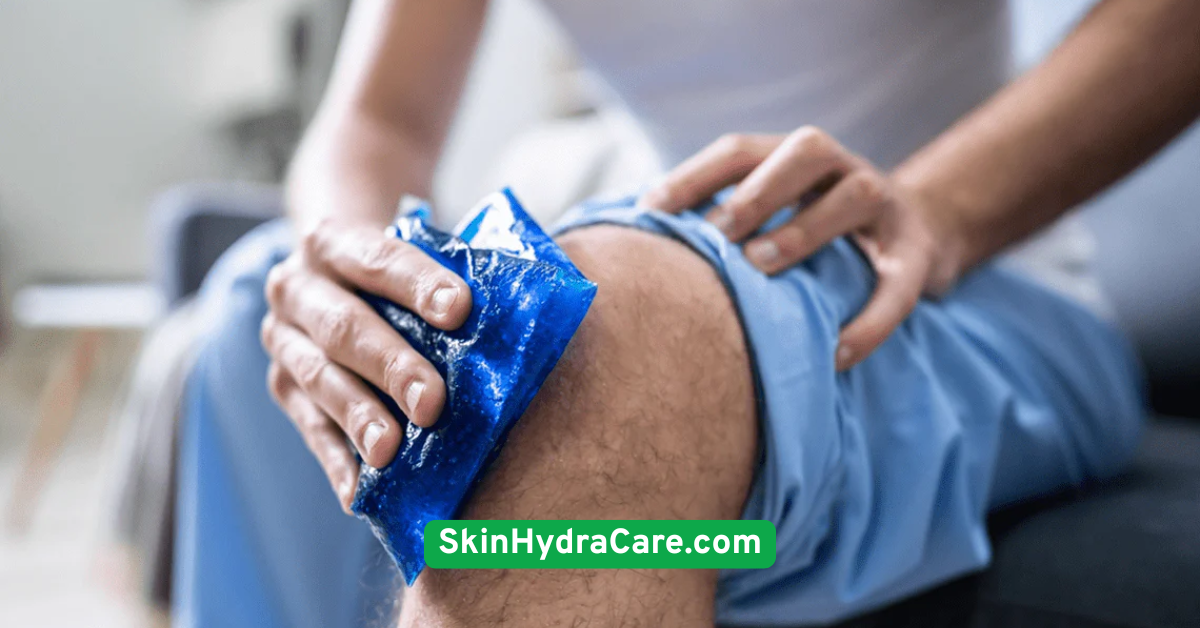
3. Switch to a Calming Moisturizer
Hydration is the backbone of skin healing. A calming moisturizer not only seals in moisture but also reinforces your skin barrier, which is often weakened in redness-prone skin.Look for moisturizers with ceramides, hyaluronic acid, squalane, and allantoin. These ingredients hydrate, soothe, and strengthen without causing congestion. Bonus points if it contains anti-inflammatory botanicals like feverfew or calendula.Choose a richer cream at night and a lightweight lotion during the day. Your skin will thank you with less redness, less peeling, and more bounce.

4. Never Skip Sunscreen
If you do just one thing to manage redness—make it sunscreen. UV exposure is a major trigger for inflammation, especially for people with rosacea or sensitive skin.Go for mineral-based sunscreens with zinc oxide or titanium dioxide. They’re less likely to irritate and provide a physical barrier against UV rays. Avoid alcohol-heavy sprays or chemical SPFs, which can sting.Apply generously every morning, even if you’re indoors. (Yes, your screen emits blue light, and yes, it matters.) Reapply throughout the day if you’re outside or sweating.
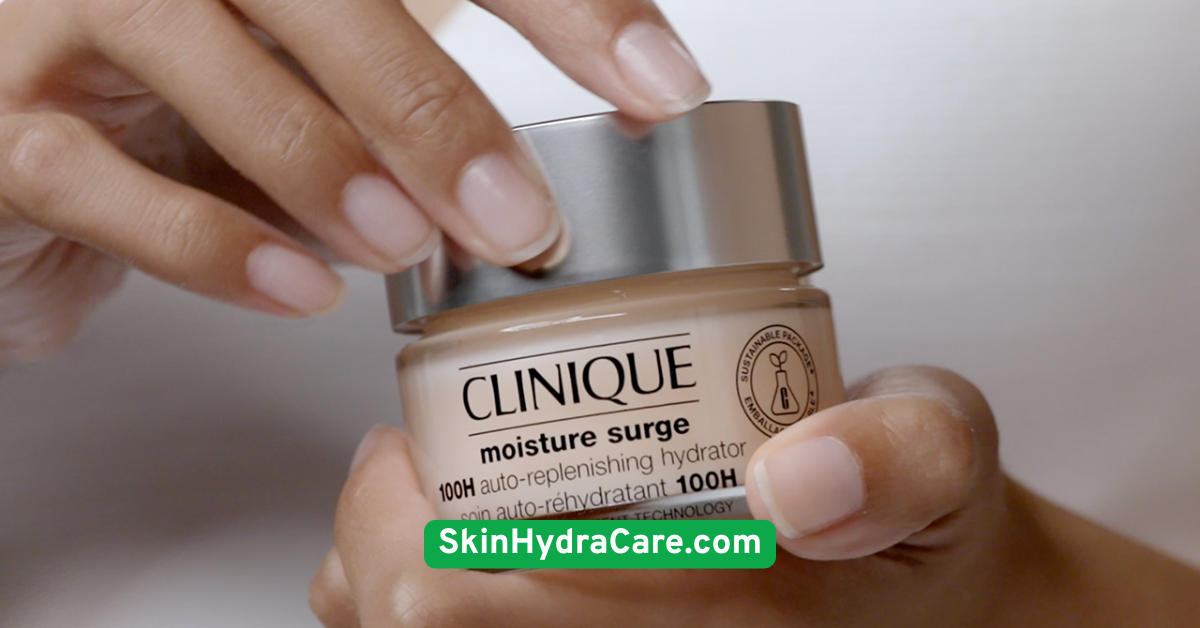
5. Try Green Tea Infused Skincare
Green tea isn’t just good for sipping—it’s packed with antioxidants that reduce inflammation and redness when applied topically.Look for toners, serums, or masks with green tea extract (EGCG). These calm reactive skin and fight free radicals, which damage the skin barrier. For a quick DIY hack, steep green tea, chill it, and use it as a toner with a cotton pad.It’s a simple, affordable way to add calming power to your routine—especially post-sun or post-workout.

6. Avoid Hot Water During Cleansing
That steamy splash on your face might feel soothing, but hot water dilates blood vessels and can make redness worse. It strips your skin of essential oils and damages your lipid barrier.Instead, use lukewarm or cool water when washing your face or showering. If your skin turns red after washing, the water’s too hot.Consider shortening your showers and ending them with a cool rinse. It helps close your pores and calm your skin before applying products.

7. Introduce Niacinamide Gradually
Niacinamide (Vitamin B3) is a game-changer for calming redness—if your skin can tolerate it. It helps reduce inflammation, minimize redness, and strengthen the skin barrier.Start with a 2–5% concentration to avoid overwhelming your skin. Apply after cleansing and before moisturizing. Over time, it can even help improve tone and texture.Pairing niacinamide with hyaluronic acid boosts its calming benefits and keeps skin hydrated. Just avoid layering it with strong acids or retinoids initially.
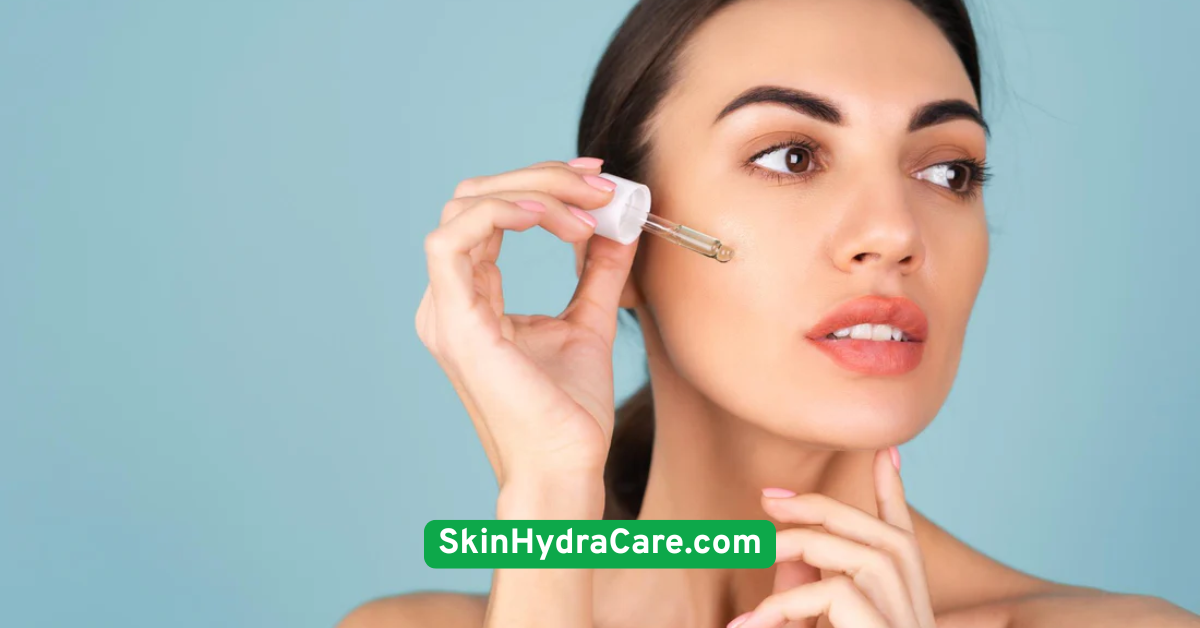
8. Use Colloidal Oatmeal Products
Colloidal oatmeal is a powerhouse for sensitive skin. It hydrates, soothes itching, and forms a protective layer on the skin—all while calming inflammation.You’ll find it in creams, masks, and even cleansers designed for eczema or irritated skin. For a DIY route, grind plain oats into powder, mix with warm water, and apply as a calming mask.This ingredient is gentle enough for daily use and works wonders for dry, red patches and flaking skin.
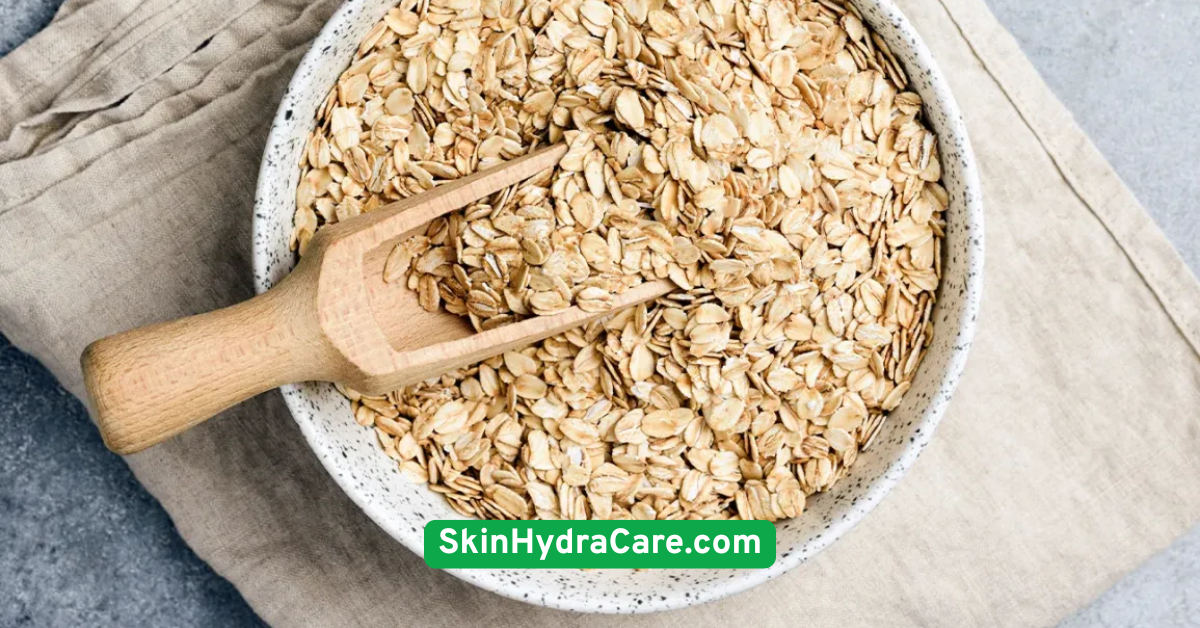
9. Eliminate Harsh Exfoliants
Scrubs may feel satisfying, but they can shred your skin’s barrier and make redness worse. Physical exfoliants with sharp particles are a big no for sensitive types.Opt for chemical exfoliants like PHAs or lactic acid, which gently slough off dead cells without irritation. Use them no more than 1–2 times a week.If your skin feels tight or burns after exfoliating, you’re overdoing it. Gentle and infrequent wins the race here.
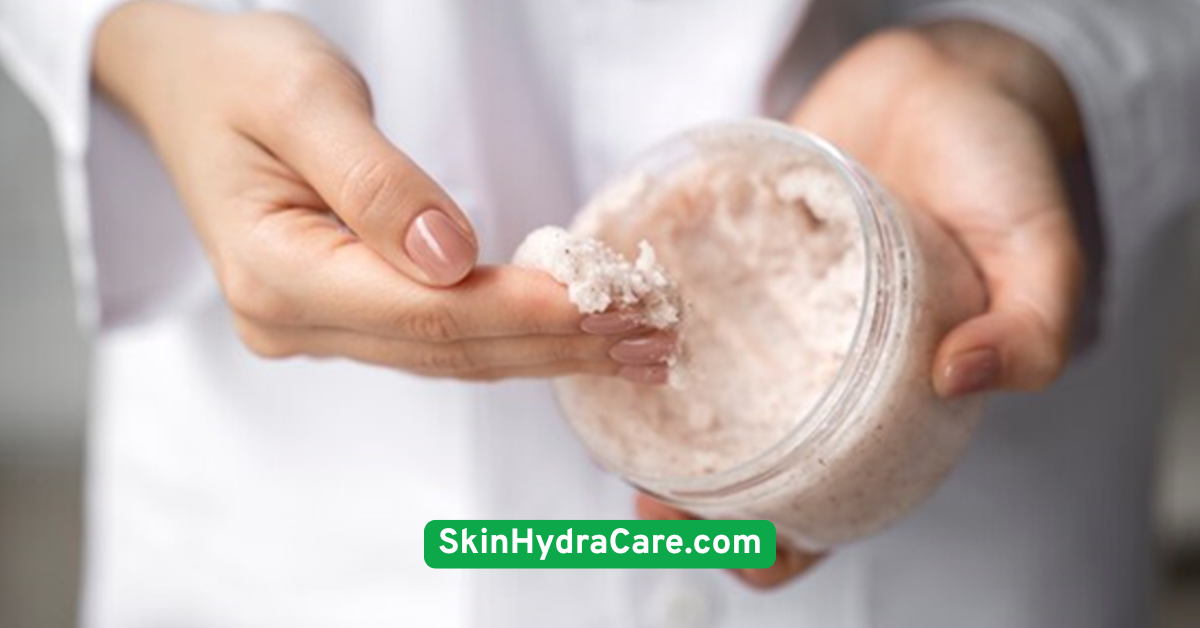
10. Stay Hydrated Inside and Out
Hydration isn’t just topical. Drinking enough water supports circulation, flushes out toxins, and helps your skin function properly.On the outside, use hydrating toners, mists, and humectants like hyaluronic acid. These draw moisture into the skin and keep it plump. For an extra boost, spritz your face before applying serum—it helps lock in hydration.Also consider electrolyte drinks if you’re active or in hot weather. Skin hydration is holistic—treat it like a team effort!
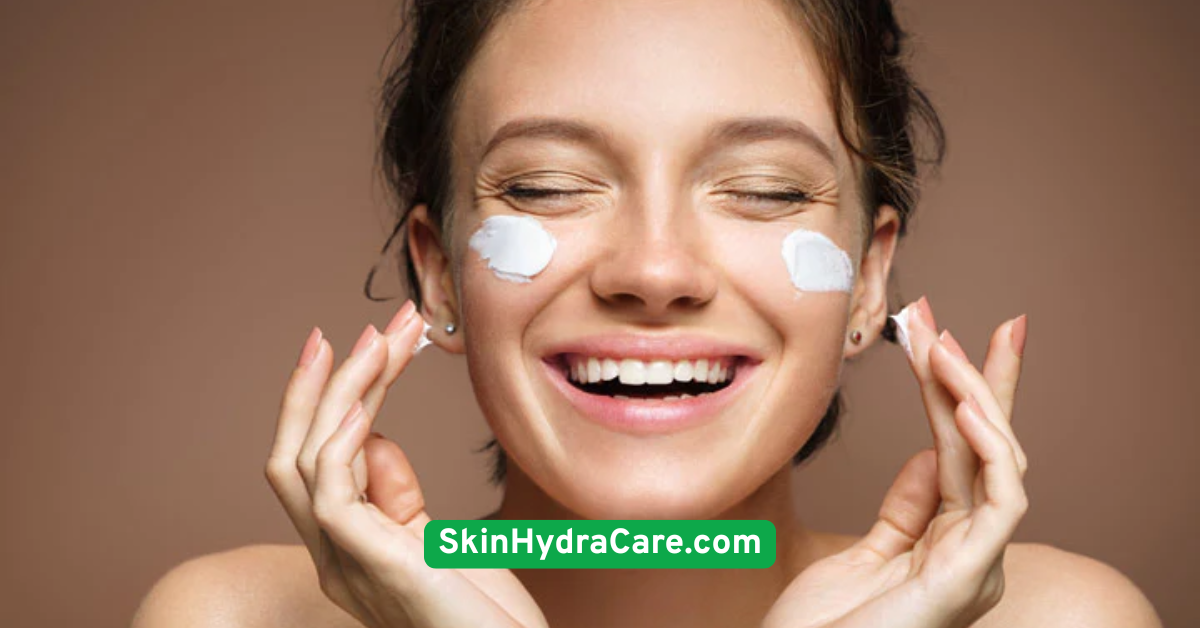
11. Look for Centella Asiatica (Cica)
This K-beauty favorite is famous for calming inflamed skin. Known as tiger grass, Centella Asiatica helps rebuild the skin barrier and soothes irritation.You’ll find it in serums, creams, and masks labeled as “Cica.” It’s gentle, effective, and works even for those with extreme sensitivity. Bonus: it pairs well with ceramides and panthenol for a triple-soothing effect.Add it to your nighttime routine and watch redness fade while you sleep.
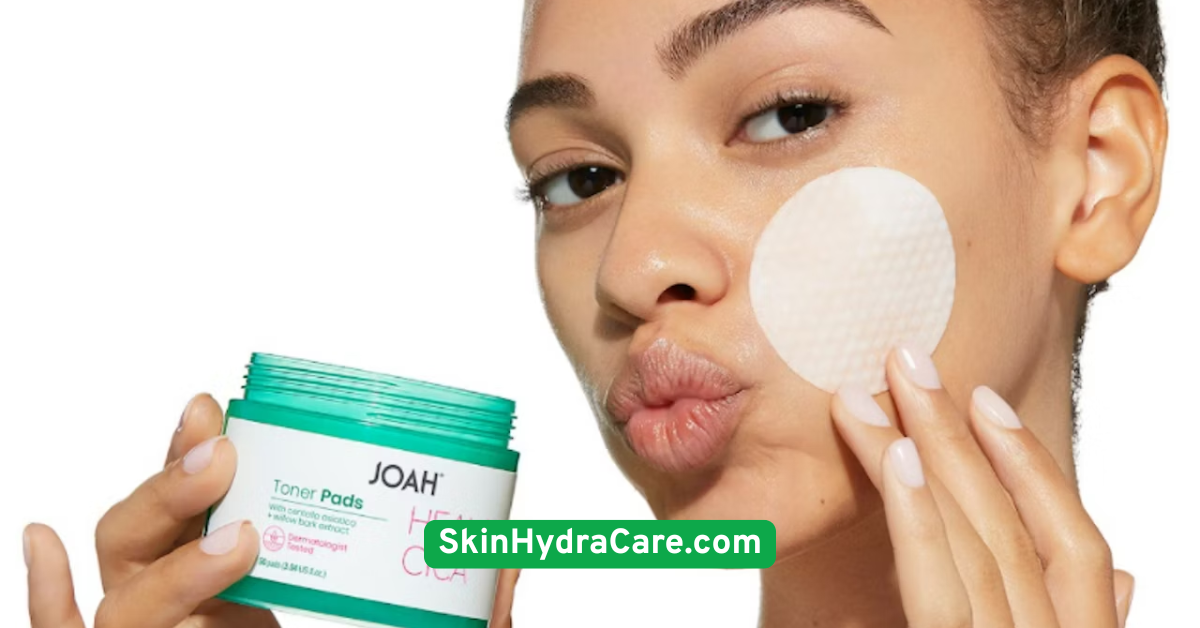
12. Reduce Stress to Calm Skin
Skin and stress are besties—and not in a good way. When you’re anxious, your body pumps out cortisol, which leads to inflammation, flare-ups, and increased redness.Daily habits like deep breathing, journaling, walking in nature, or yoga can help reduce internal stress and improve skin over time.You might also explore adaptogens like ashwagandha or calming teas like chamomile. A peaceful mind = peaceful skin.

13. Protect Skin from Environmental Triggers
Weather, pollution, and wind are all enemies of calm skin. Protecting your skin barrier helps avoid flare-ups from external factors.Use antioxidant serums in the day to fight pollution, and layer barrier creams during winter or high winds. Wearing a scarf or face covering in harsh weather helps, too.Think of your skin like a baby—it needs shielding, not stress.
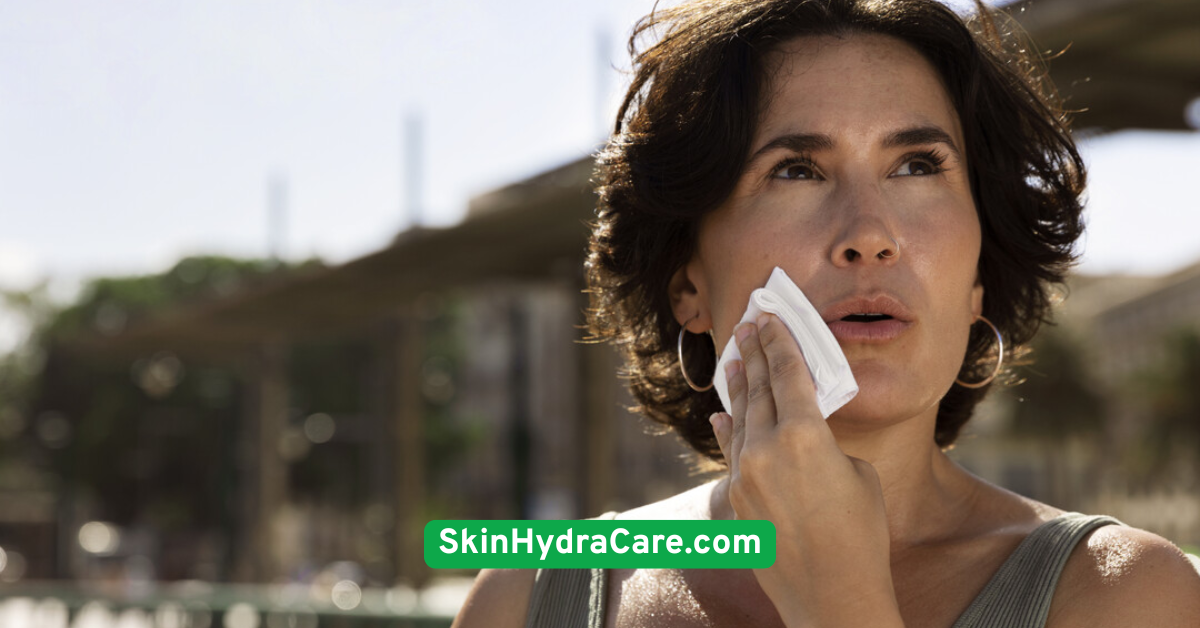
14. Try Azelaic Acid for Rosacea-Prone Skin
If you struggle with rosacea or persistent redness, azelaic acid is worth exploring. It’s anti-inflammatory, anti-bacterial, and brightens uneven tone.You can find it over-the-counter in 10% formulas or get a 15% version via prescription. It’s generally well tolerated, but start slow—2–3 times a week to build up.Layer it under moisturizer and avoid pairing it with strong exfoliants right away.
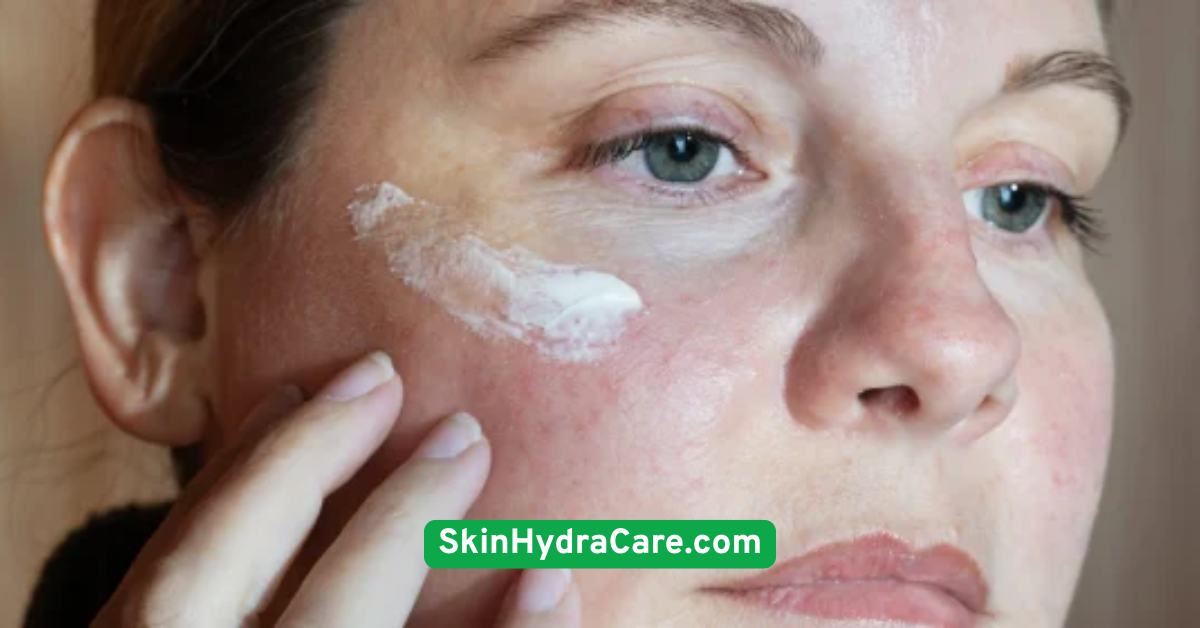
15. Anti-Inflammatory Diet for Redness Control
Your skin reflects your plate. A diet full of omega-3s, leafy greens, berries, and turmeric can dramatically reduce internal inflammation.At the same time, cut back on known triggers: alcohol, sugar, spicy foods, and dairy often contribute to redness.Try simple swaps: replace soda with green tea, white bread with quinoa, or cheese with avocado. Your skin will glow from the inside out.
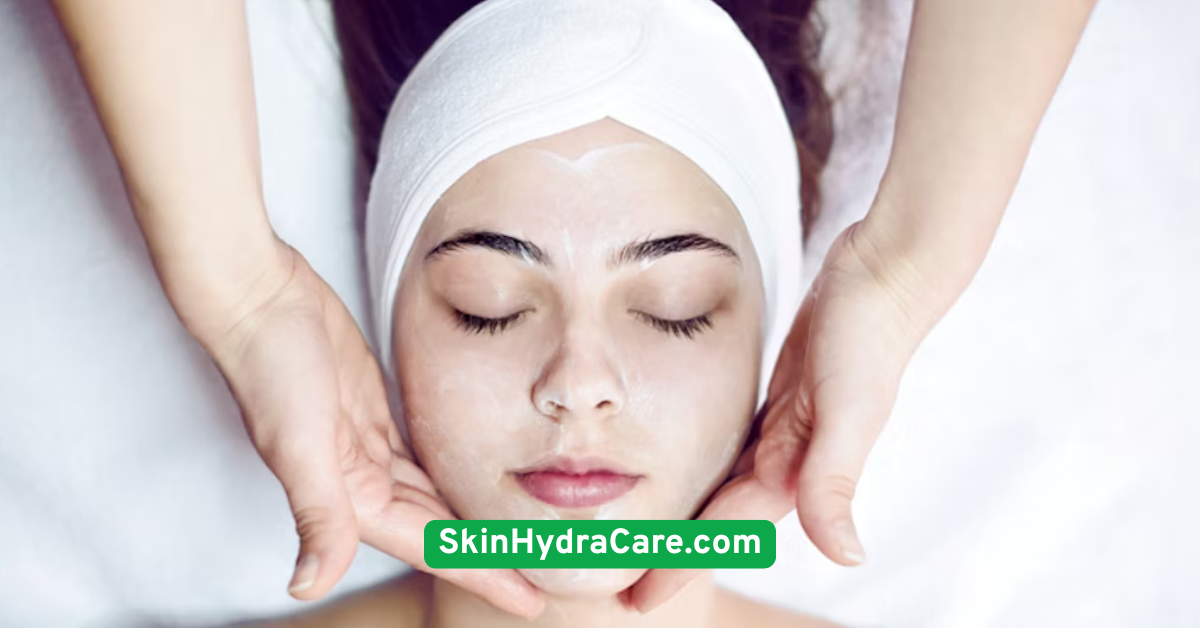
16. Prioritize Sleep and Skin Recovery
Your skin does its best healing overnight. Skimping on sleep leads to stress, hormone imbalances, and—you guessed it—redness.Aim for 7–9 hours of quality rest. Keep your room cool, dark, and use a silk pillowcase to reduce friction. Apply barrier-boosting products before bed for overnight support.Nighttime is your skin’s golden hour. Treat it like sacred self-care.
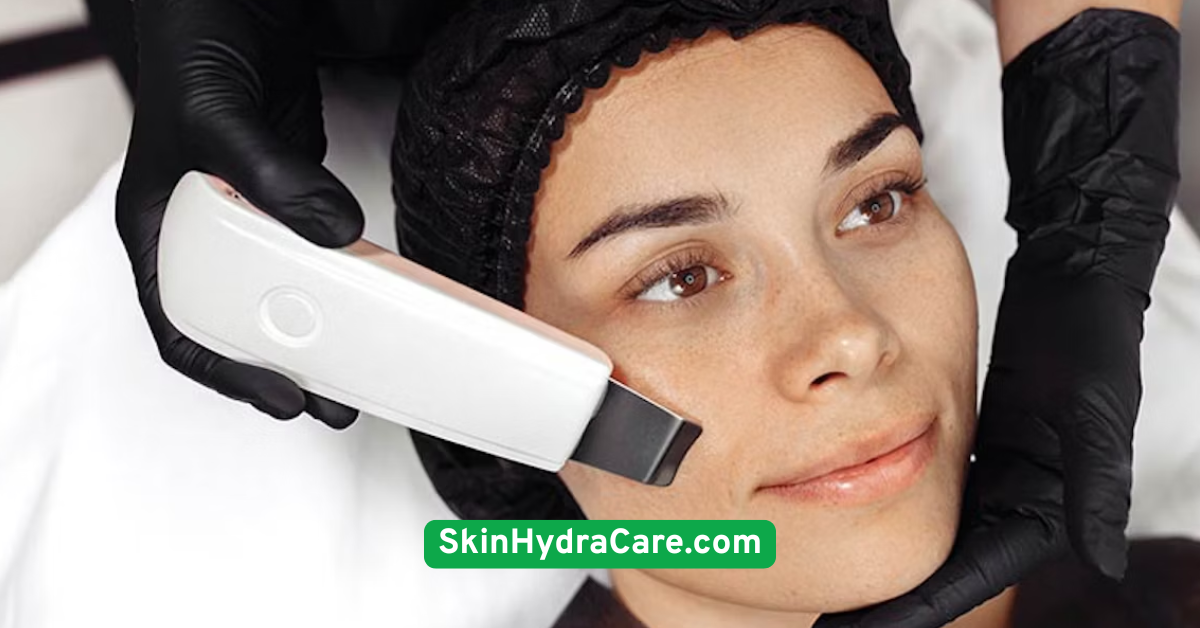
17. Avoid Common Irritants in Products
Many skincare products—even fancy ones—contain irritating ingredients that trigger redness. Watch out for alcohol, menthol, eucalyptus, synthetic fragrance, and strong preservatives.Use ingredient-checking apps or websites to screen your products. And always patch test new items before applying them to your full face.When in doubt, less is more. Stick to clean, minimal routines and your skin will breathe easy.
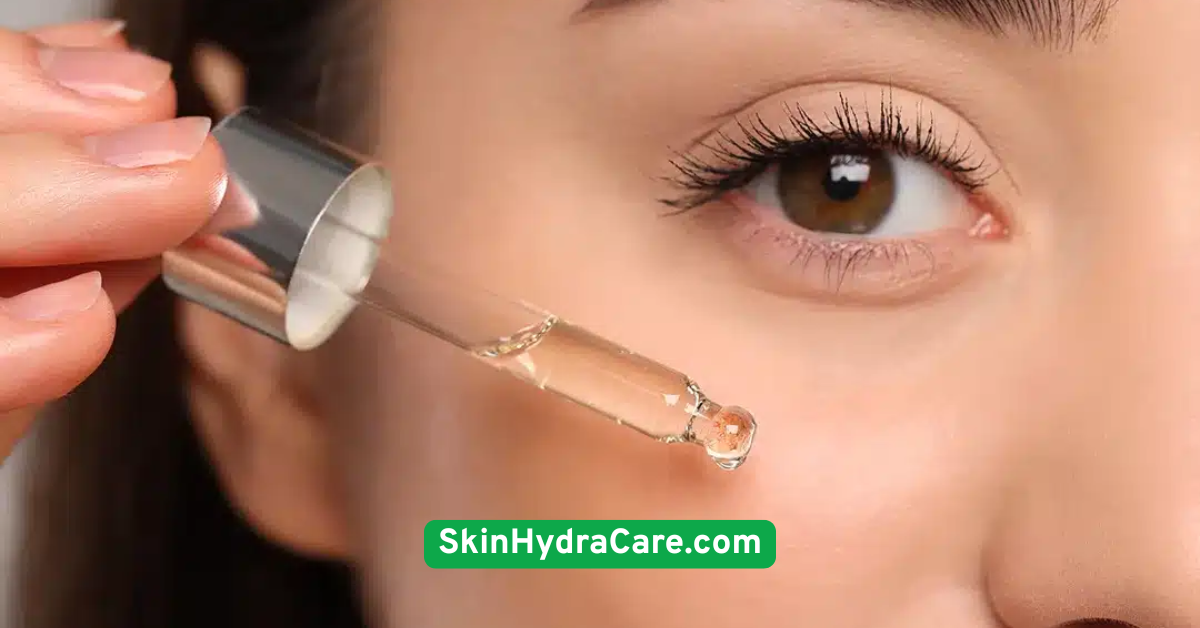
18. Follow a Consistent Routine
Your skin thrives on routine. Jumping between too many products can confuse your skin and make flare-ups worse.Build a simple, consistent routine with a gentle cleanser, calming serum, rich moisturizer, and SPF. Repeat it daily—morning and night.When your skin knows what to expect, it stabilizes faster and stays calmer over time.
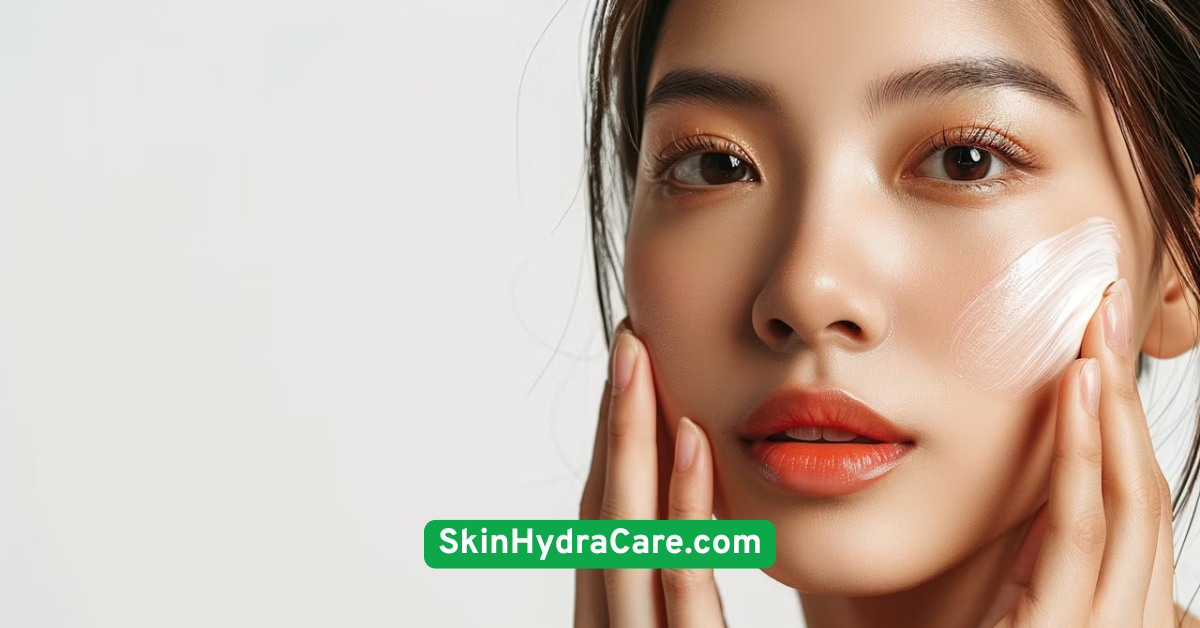
19. Use a Humidifier During Dry Seasons
Dry air = dry, angry skin. During winter or in dry climates, a humidifier adds moisture back into the air and prevents your skin from drying out overnight.Place it near your bed while you sleep. Keep it clean to avoid mold, and aim for 40–50% room humidity.It’s a small investment with huge rewards for redness-prone skin.
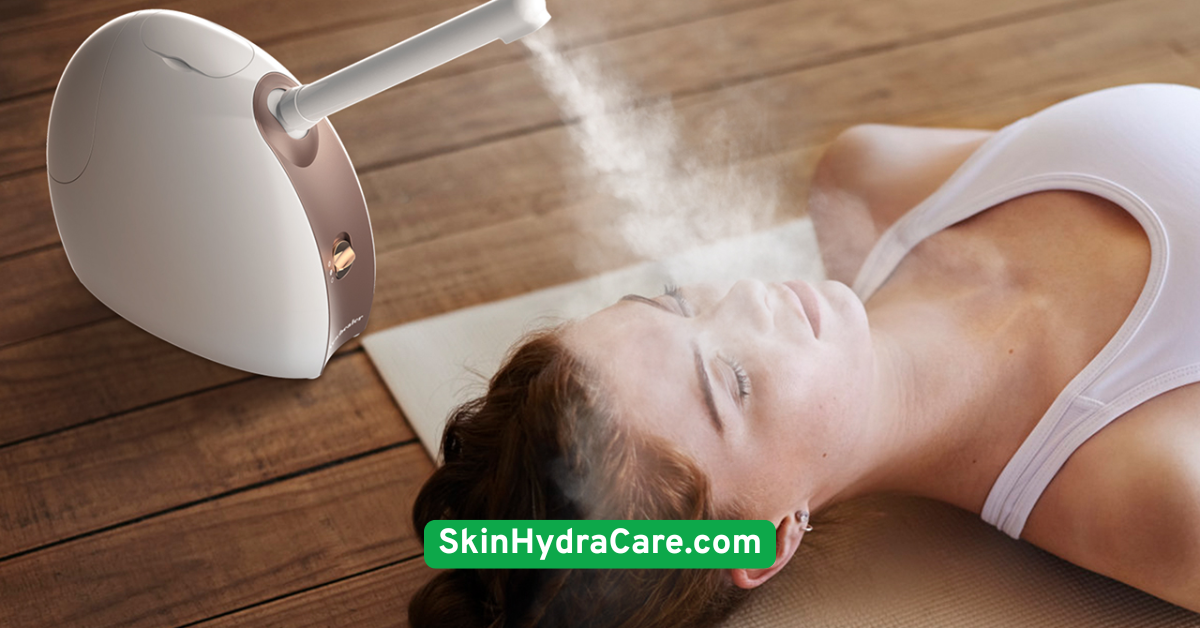
20. Consult a Dermatologist When Needed
Sometimes, redness is a symptom of a deeper issue—rosacea, eczema, contact dermatitis, or even an allergy. If your redness is persistent, painful, or worsening, don’t guess—get professional help.A dermatologist can help you identify triggers, offer prescription solutions, or even recommend laser treatments. You don’t have to do this alone.Getting expert advice saves time, money, and stress—and brings faster, safer results.
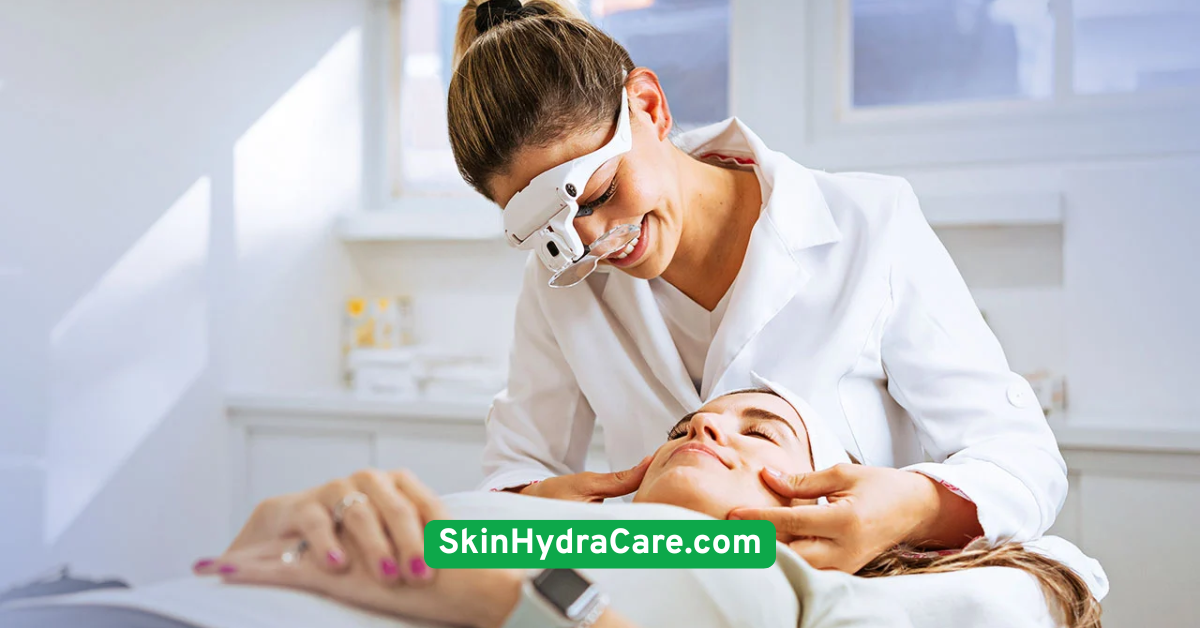
Conclusion
Calming skin redness is a journey, not a sprint. But it’s absolutely doable with the right approach. By understanding your skin, making smart swaps, and following a soothing routine, you can nurture your skin into a calmer, healthier state.You deserve to feel confident in your skin. Start with one or two of these calming skincare tips today—and let your natural glow take over tomorrow!

